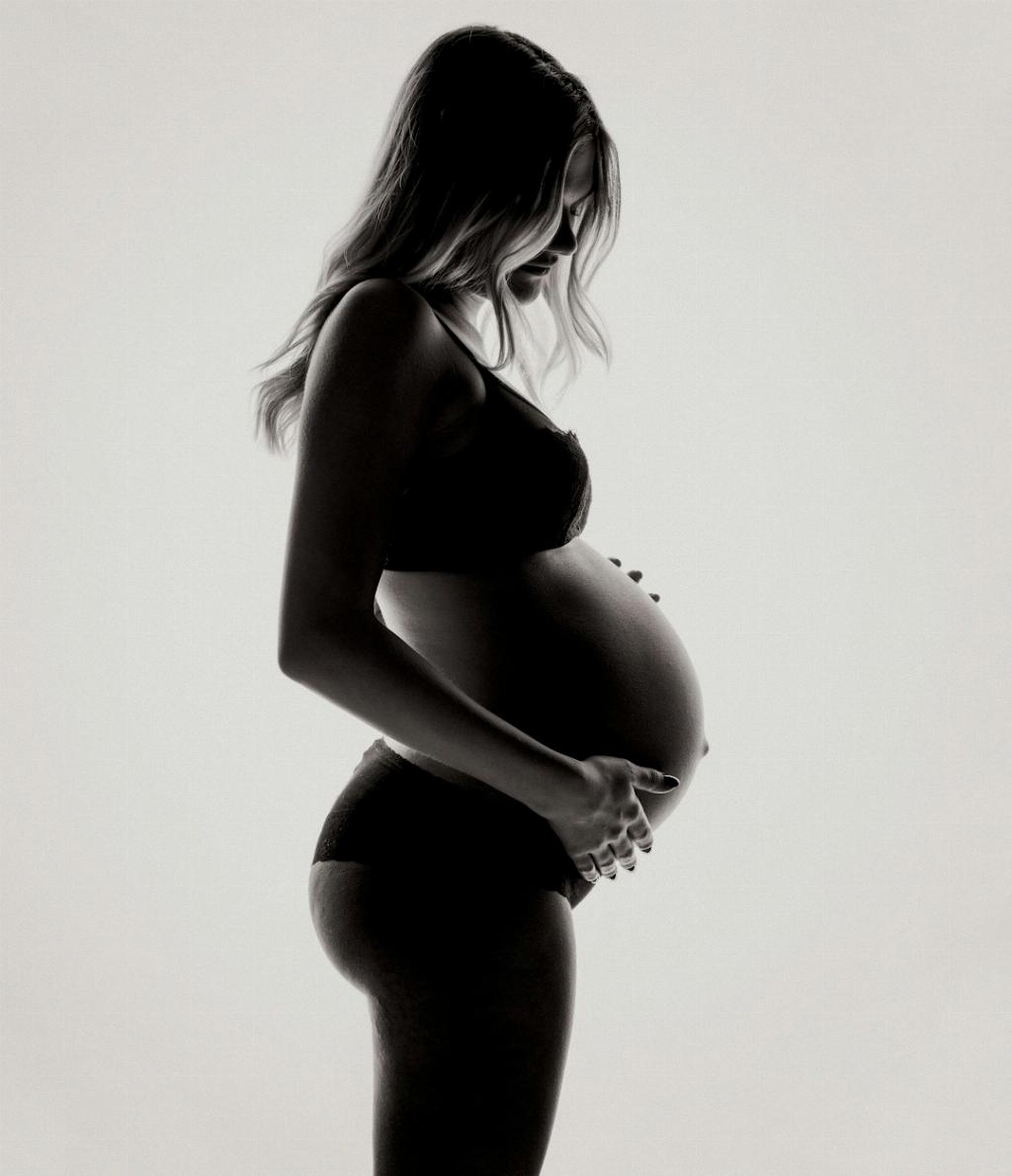When it comes to childbirth, especially with twins, there are various factors to consider. One common question that arises is whether C-sections are more common with twins compared to singleton births. Let’s delve into the statistics and information to understand the nuances of this topic.
Twin Births Statistics
According to recent data, in the group of vaginally planned twin births, both twins were born via the birth canal in approximately 56.2% of cases. Interestingly, in 39.6% of cases, both twins were delivered via C-section. Additionally, in 4.2% of cases, the second twin was delivered via C-section after the vaginal birth of the first twin.
Factors Influencing C-section Rates in Twin Births
Several factors can influence the likelihood of a C-section in twin births. One primary factor is the position of the twins. If the first twin is in a breech position or if there are other complications such as cord prolapse or placental issues, a C-section may be necessary.
Risk Factors
Twins pregnancies are considered high-risk pregnancies. Due to the increased complexity and potential complications associated with carrying multiple babies, healthcare providers may opt for a C-section to ensure the safety of both the mother and the babies.
Delivery Preferences
Some mothers may have a personal preference for a planned C-section, especially if they have concerns about the risks associated with vaginal delivery in twin births. This preference can also contribute to the overall higher rate of C-sections in twin deliveries.
Medical Recommendations
In some cases, healthcare providers may recommend a C-section for twin births based on medical reasons. This could include concerns about the size of the babies, the position of the twins, or other health considerations that make a vaginal birth riskier.
Emergency Situations
While many twin births are planned in advance, there are situations where complications arise during labor that necessitate an emergency C-section. These unforeseen circumstances can impact the overall C-section rate in twin deliveries.
Maternal Health
The health and well-being of the mother play a crucial role in determining the mode of delivery for twin births. If there are pre-existing health conditions or pregnancy-related complications that pose a risk during vaginal birth, a C-section may be the safer option.
Multiple Gestations
Carrying multiple babies can place increased strain on the mother’s body. For this reason, healthcare providers may opt for a C-section to reduce the potential risks associated with vaginal delivery in twin pregnancies.
Birth Plans
When expecting twins, it’s essential for mothers to discuss their birth plan with their healthcare provider. By understanding the options available and considering individual circumstances, expectant mothers can make informed decisions about the mode of delivery.
Conclusion
In conclusion, while C-sections are indeed more common in twin births compared to singleton pregnancies, the decision to opt for a C-section is influenced by a variety of factors. From medical recommendations to maternal preferences, the choice of delivery method in twin births is a nuanced decision that prioritizes the health and well-being of both the mother and the babies.

